Free shipping on all US orders
10% OF OUR PROFIT GOES TO KIDS’N’CULTURE NON-PROFIT ORGANIZATION
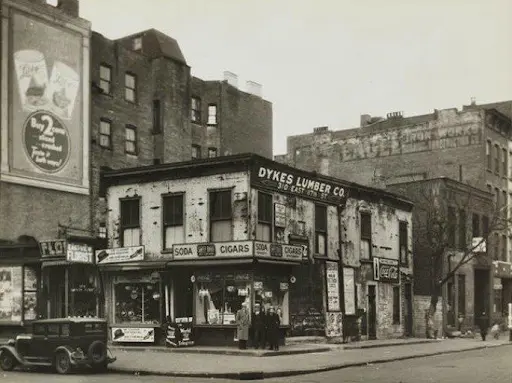
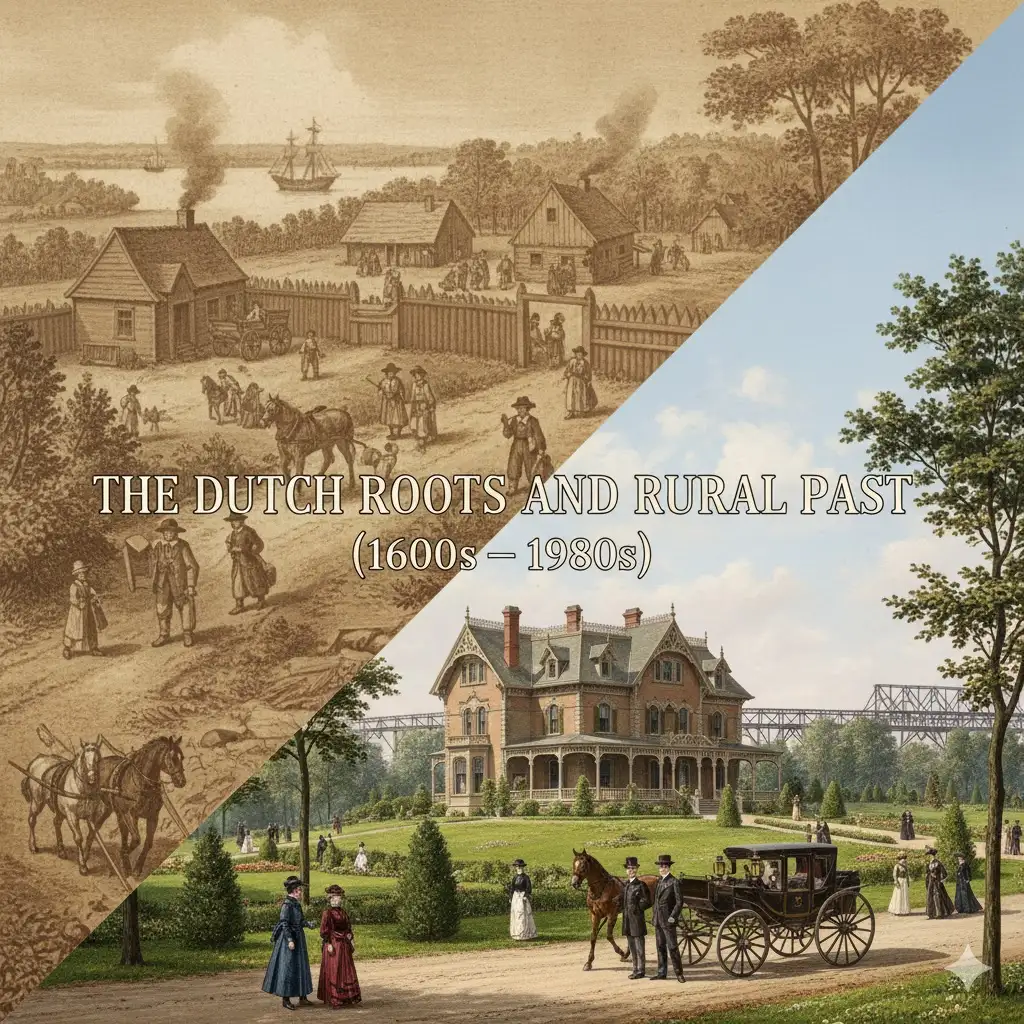
The origins of Harlem begin in the Netherlands instead of the United States. The Dutch established their first settlement in 1658 which they named Nieuw Haarlem after the Dutch city of Haarlem. The English takeover of the area in 1664 led to the name transformation into Harlem.
The area maintained its peaceful rural character for about 180 years while serving as a secluded retreat from New York City’s expanding population. The area attracted wealthy New Yorkers who built their country estates on its hilly terrain and open spaces although only the Morris-Jumel Mansion survived from that time period. The late 19th century brought extensive changes to the area when elevated train lines and subway expansion reached northern parts of the city.
Real estate speculators constructed thousands of brownstone buildings and luxury apartments because they predicted a large number of new residents would arrive. The 1890s real estate market collapse resulted in numerous vacant high-end properties which created conditions for the transformative cultural changes that has reshape the neighborhood.
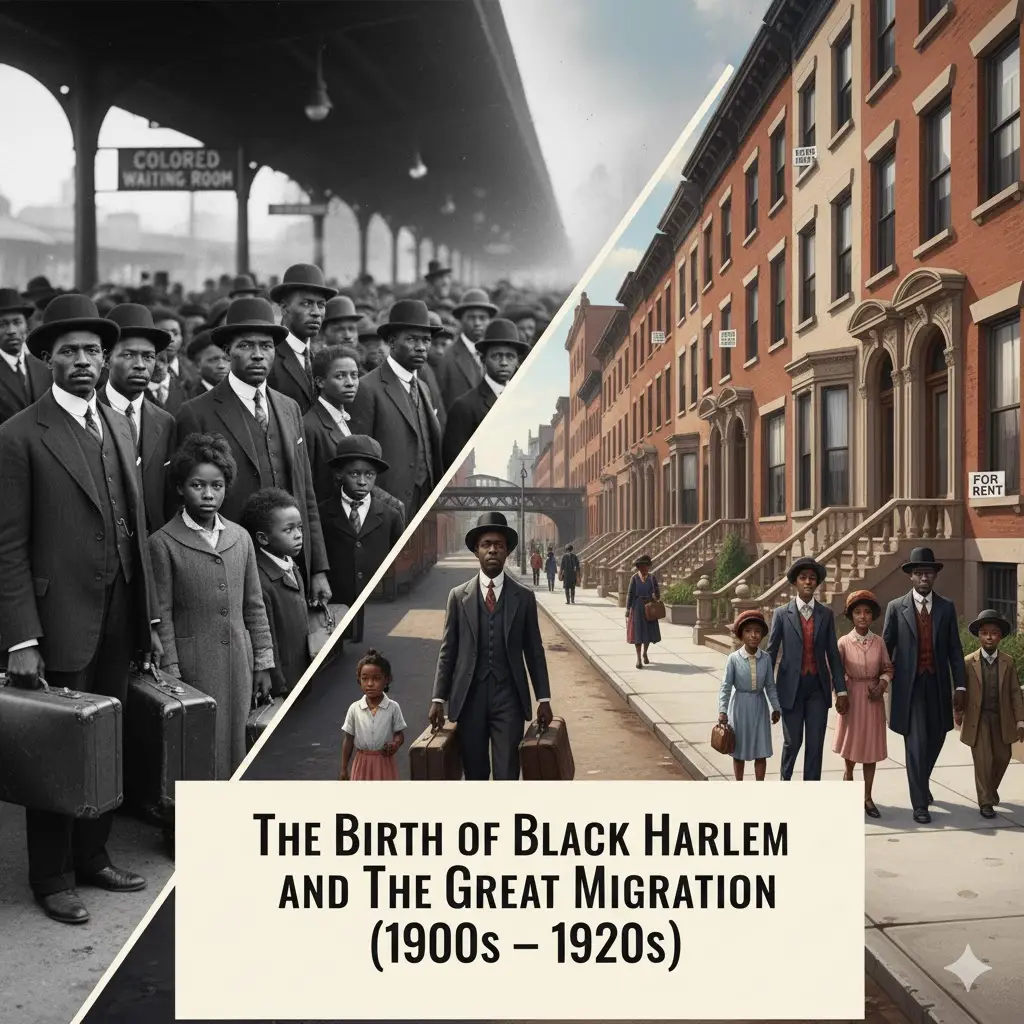
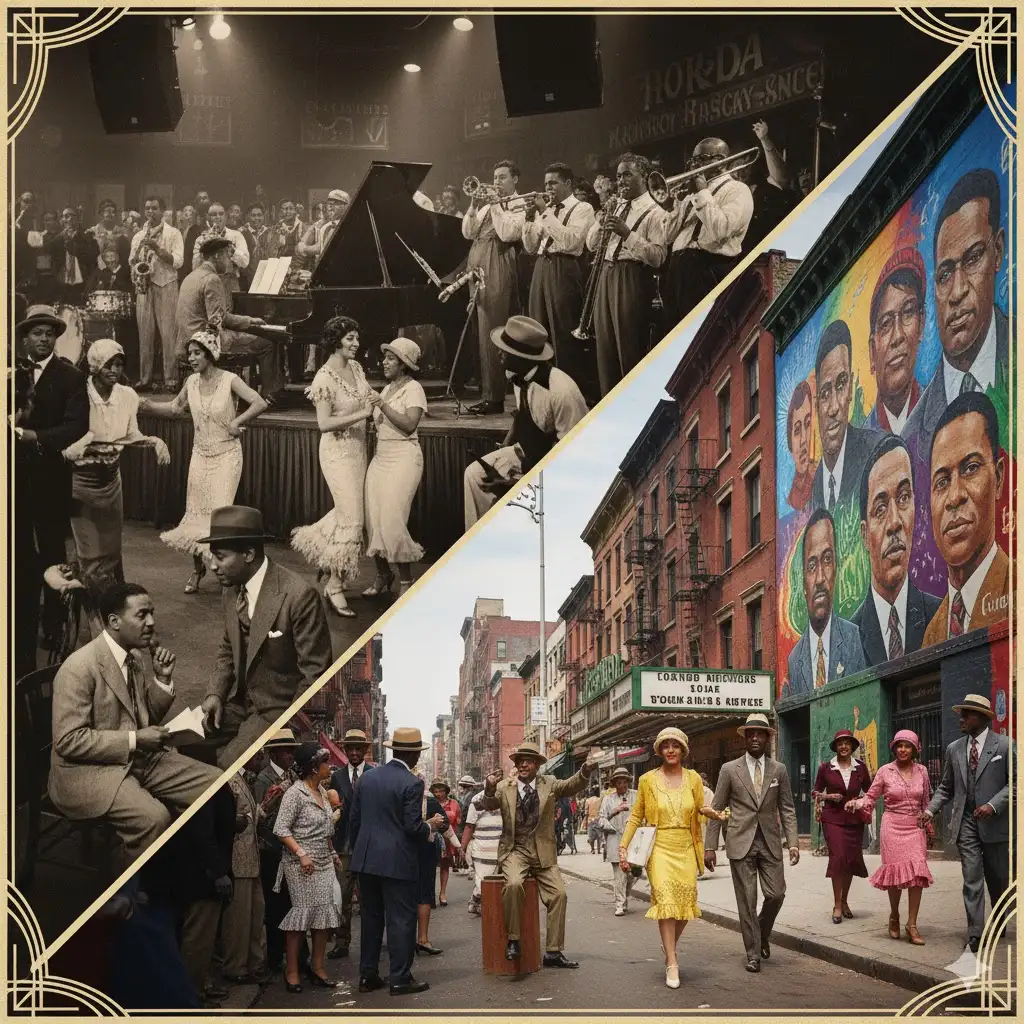
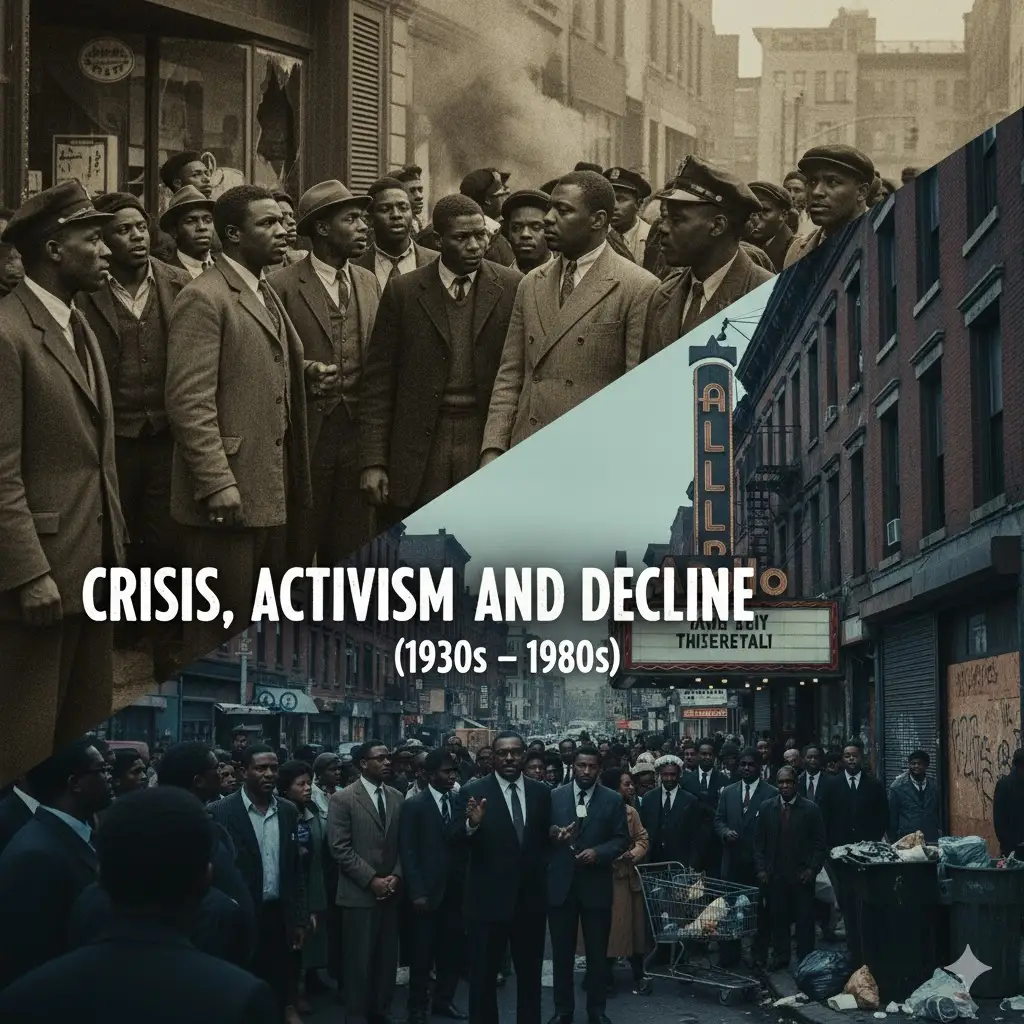
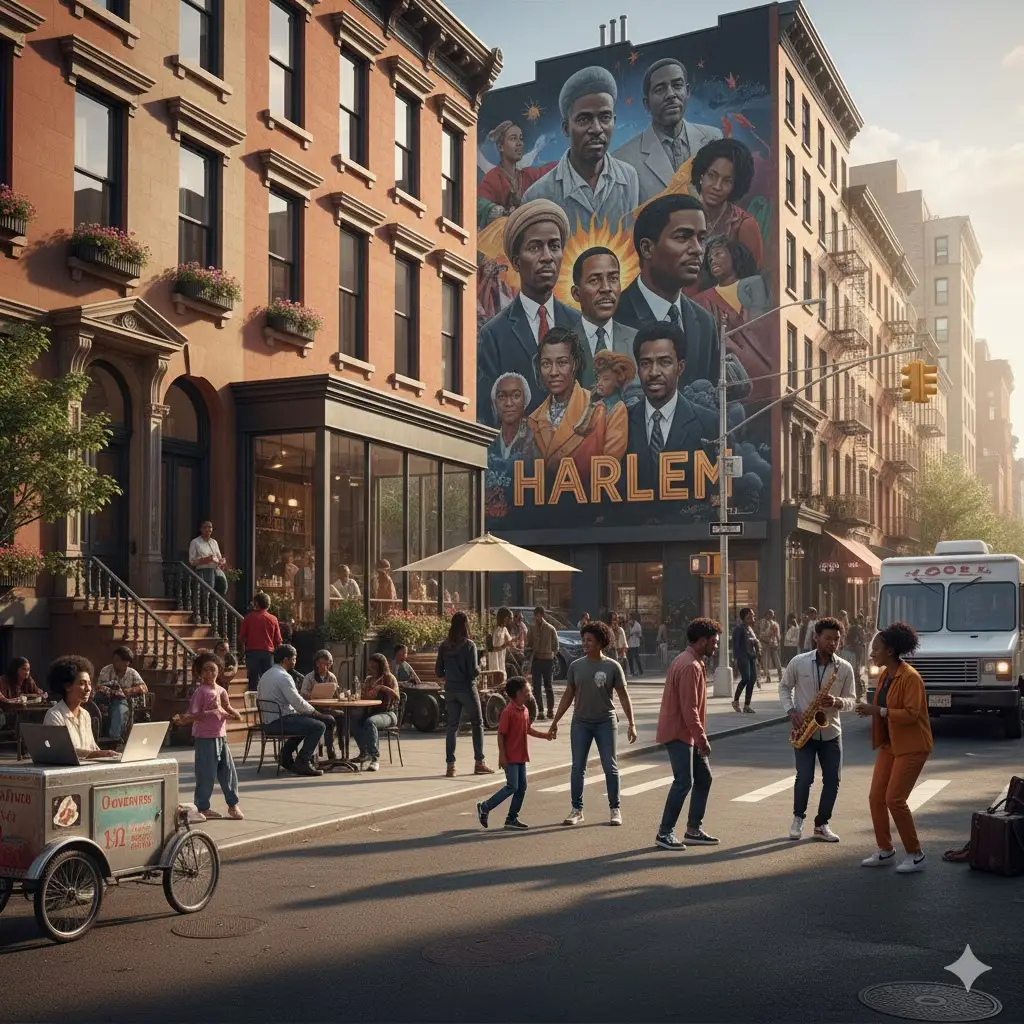
The current state of modern Harlem faces gentrification as its main challenge. The neighborhood gained better services and commercial activity through new investments yet rising property costs and rental prices forced original residents to leave while diminishing the area’s distinctive Black cultural essence. The community of Harlem continues to show strength by implementing strategies to safeguard its historical heritage.
The restoration efforts focus on protecting both the historic brownstones and the prominent churches throughout the area. The neighborhood displays a dynamic mix of past and present elements because traditional soul food eateries operate next to fashionable dining spots and the community maintains its active advocacy work. The contemporary Harlem showcases the neighborhood’s unbroken determination while upholding its essential position in defining New York City’s identity.
You May Like to Read More: African Fashion and Brutalist Graphic Design
The American story unfolds through Harlem’s transformation from a Dutch settlement into the Jazz Age’s electrical center. The neighborhood functions as a protective shelter while providing creative inspiration and representing the ongoing strength of African American intellectual and cultural achievements. The Harlem neighborhood battles with contemporary urban changes yet its Renaissance heritage and historical strength continue to animate this famous New York district. Harlem exists as a living testament to eternal transformation.
There are no reviews yet. Be the first one to write one.
A whole world on the tip of a pencil. The story of an artist who proved that true art has no limits and that it is never too late to start all over again.





International fashion icon and symbol of Parisian style, Ines de la Fressange is one of the most famous women in France.
Anastasia Pilepchuk is a Berlin-based artist with Buryat roots. She creates masks and face jewellery inspired by the nature and the culture of her beautiful region.
A whole world on the tip of a pencil. The story of an artist who proved that true art has no limits and that it is never too late to start all over again.